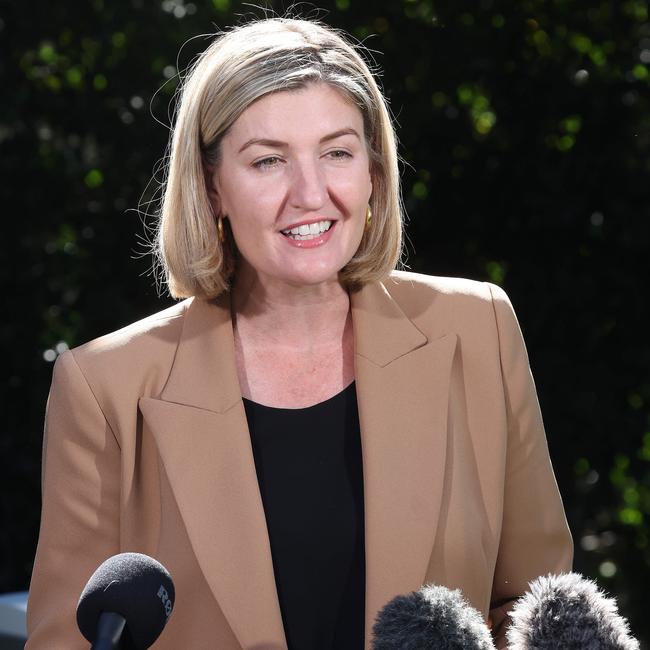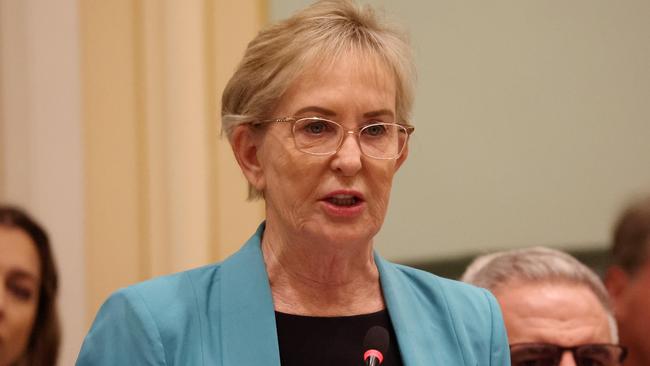12 patients a day turning up at SE satellite hospitals needing lifesaving care: Qld Health data
If elected, the LNP says it is committed to renaming South East Queensland’s satellite hospitals to eliminate confusion from patients mistakenly arriving looking for lifesaving care.

QLD News
Don't miss out on the headlines from QLD News. Followed categories will be added to My News.
More than a dozen Queenslanders a day are mistakenly turning up to the state’s satellite hospitals in urgent need of lifesaving care, reigniting concerns confused patients are being put at risk.
New Queensland Health data revealed a whopping 1147 patients suffering “imminently life-threatening” ailments had arrived at the five satellite hospitals in the South East in the first three months of 2024.
And the number of bamboozled patients has only grown, with these figures up from 633 patients in the same categories seeking help at satellite hospitals in the last quarter of 2023 when they should have headed straight to the emergency department.


This despite the state government pumping $1.35m into promoting and educating the community about the facilities.
The new figures equate to nearly 13 patients a day were turning up across the state’s five satellite hospitals seeking care for urgent ailments.
The vast majority had category 2 ailments, while a total of 20 over three months were category 1.
Category 1 and 2 ailments are defined as “imminently life-threatening” with patients meant to be seen within two and 10 minutes of arriving at hospital respectively.
But Queensland Health data shows category 1 patients turning up at satellite hospitals were waiting between 21 minutes and 102 minutes to be seen.
Category 2 patients were waiting between an hour and two hours for help.

Health Minister Shannon Fentiman argued the awareness campaign was working as intended, as patients with category 1 ailments making up just 0.06 per cent of all satellite hospital presentations.
“This number is a tiny fraction compared to patients who present at GPs with urgent medical issues, with the QAS transporting around 150 patients every single week from GPs and medical centres,” she said.
“Patients may not always know how sick they are, but every satellite hospital is staffed by a doctor and advanced care nurses, with ED experience, who can triage patients accordingly.
“Each facility contains a 'resus' room and all equipment necessary to stabilise a patient and provide immediate care if necessary.”

AMA Queensland president Dr Maria Boulton said it was a concern that satellite hospitals were still causing confusion in the community.
The peak body again called for the state government to make clear to the public what was and was not available at those sites.
“If somebody with a ‘cat 1’ or ‘cat 2’ issue presents to a satellite hospital then there may be a delay in that patient getting the treatment they need,” she said.
Opposition health spokeswoman Ros Bates said lives were on the line and if doing so “saves even one life, it will have been worth it”.





